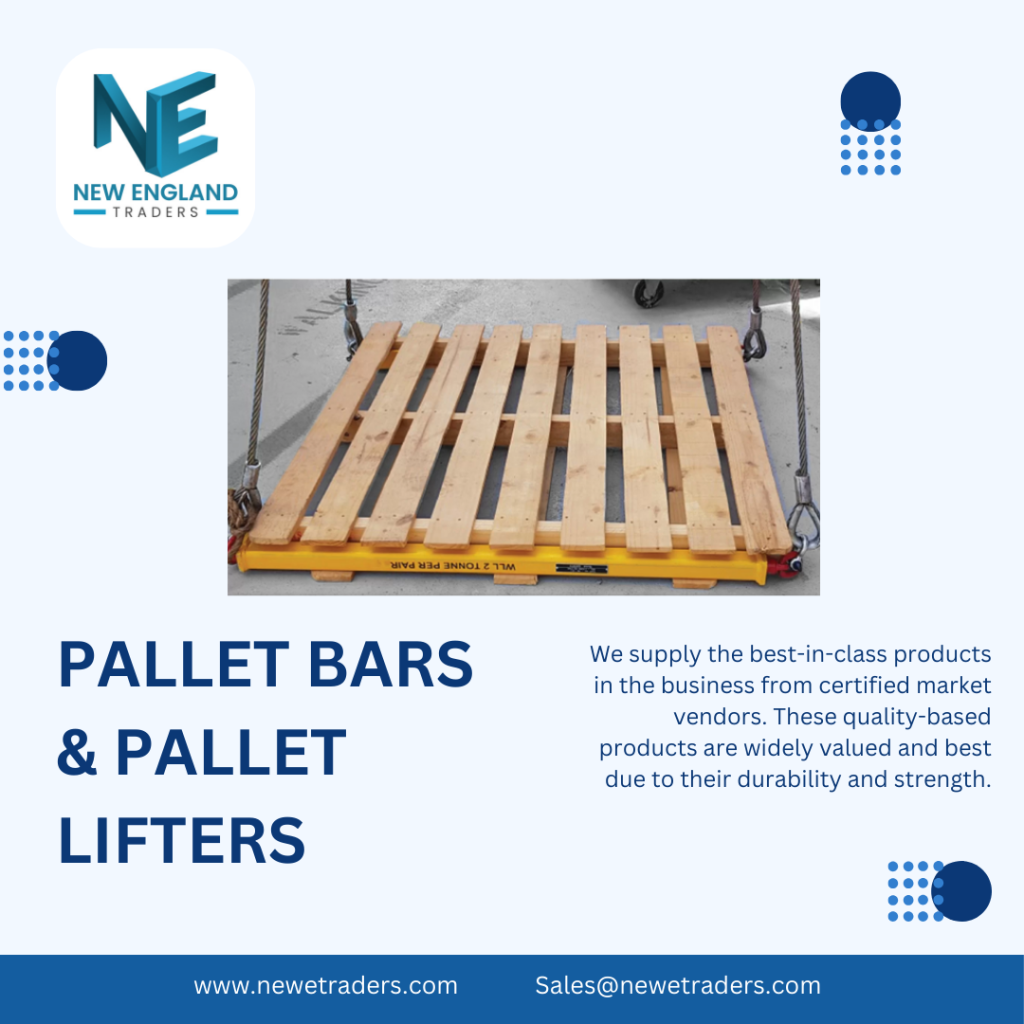
In the dynamic landscape of industrial operations, the safe and efficient handling of palletized goods is paramount. Pallet Lifting Bars have emerged as indispensable tools, revolutionizing material handling by mitigating risks associated with manual lifting and ensuring compliance with safety standards.
Understanding Pallet Lifting Bars
Pallet Lifting Bars are robust metal bars designed to facilitate the lifting and transportation of palletized loads using cranes, hoists, or forklifts. By providing secure attachment points and ensuring load stability, these bars minimize the risk of accidents and enhance operational efficiency.
Recent Advancements in Pallet Lifting Bar Technology
The evolution of Pallet Lifting Bars has been marked by significant innovations aimed at improving safety, adaptability, and user convenience:
Enhanced Material Strength: Manufacturers now utilize high-strength steel and reinforced aluminum alloys, enabling the bars to withstand heavier loads and endure harsh industrial environments.
Adjustable and Modular Designs: Modern designs feature adjustable lengths and modular attachments, allowing for versatility in handling various pallet sizes and load types.
Improved Safety Features: Incorporation of anti-slip coatings, reinforced grip points, and enhanced locking mechanisms minimizes movement during lifting operations, thereby reducing the risk of accidents.
Lightweight Yet Durable Construction: Advancements in material technology have led to lighter bars without compromising durability, facilitating easier handling and reducing strain on lifting equipment.
Customizable Options: Industries can now select from a range of customizable options, such as extended lengths, specialized coatings for corrosion resistance, and additional safety attachments tailored to specific lifting requirements.
Importance of Pallet Lifting Bars in Industrial Applications
The integration of Pallet Lifting Bars into industrial operations offers numerous benefits:
Enhanced Safety and Load Stability: By providing secure lifting points, these bars prevent load shifts and reduce the risk of accidents, safeguarding both workers and materials.
Increased Efficiency in Material Handling: Their easy attachment and lifting capabilities streamline workflow, minimizing manual handling and expediting loading and unloading processes.
Versatility Across Multiple Industries: From logistics to heavy manufacturing, Pallet Lifting Bars are essential in industries requiring frequent lifting and transportation of palletized goods.
Cost Savings and Equipment Protection: By reducing strain on forklifts and cranes, these bars extend the lifespan of lifting equipment and lower maintenance costs over time.
Compliance with Workplace Safety Standards: Modern Pallet Lifting Bars meet stringent industry safety regulations, ensuring adherence to workplace health and safety guidelines.
Safety Considerations
While Pallet Lifting Bars significantly enhance safety, proper usage is crucial:
Regular Inspections: Conduct routine checks to ensure the bars are in optimal condition, free from wear or damage.
Operator Training: Ensure personnel are adequately trained in the correct operation of the equipment.
Adherence to Load Limits: Always operate within the specified weight capacities to prevent equipment failure.
Use of Personal Protective Equipment (PPE): Operators should wear appropriate PPE to safeguard against potential hazards.
Conclusion
The adoption of Pallet Lifting Bars in industrial settings underscores a commitment to safety, efficiency, and innovation. By addressing the challenges associated with manual handling and enhancing operational workflows, these tools play a pivotal role in modern industrial operations.
For more information or to request a quote, visit New England Traders.

